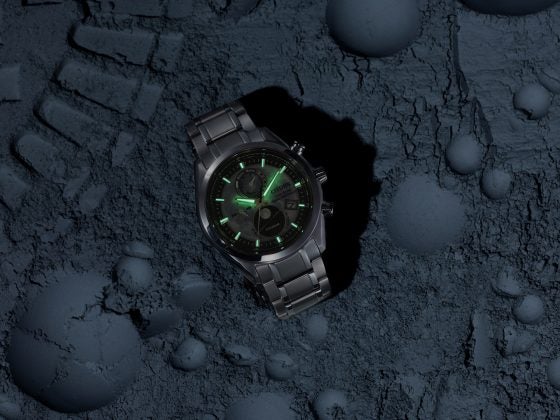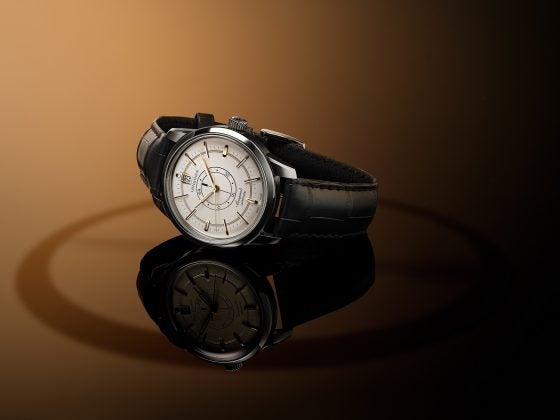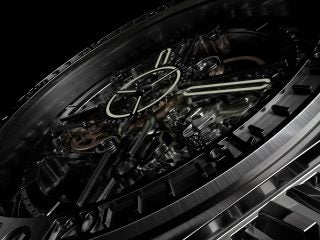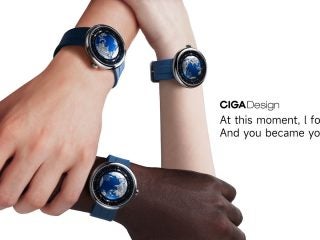While many associate buying a new watch with up-to-the-minute technology, trends or even the prestige promised by stylish advertising campaigns, there might be one option you’ve not yet considered.
Buying vintage clothing has been in vogue for some time, and watches are no exception. If you know what to look for (and where), you can find a beautiful timepiece that just so happens to be a piece of history itself. Here are a few tips for how to find and maintain a vintage watch.
Do Your Research
Besides reading up on the specs for the specific model you have in mind, collectors forums can be a goldmine of useful information. Some are general, while others offer advice on specific brands (such as pre-owned Rolex watches) including topics like identifying mismatched replacement parts or how to find a good seller.
In terms of purchase, a general rule is to avoid any “too good to be true” offers and to speak with dealers or auctioneers dedicated to offering customers their expertise, rather than the hard sell. Check for feedback from previous customers and do as much research into the seller as the piece itself.
What Is Classified As Vintage?
It can be difficult to pinpoint exactly what is classed as a vintage model: while “antique” refers to an item that is at least a century old (early wristwatches date back to the 1500s), the definition of a vintage watch is somewhat more nebulous, ranging anywhere from 25 to 50 years old.
If you like the look of a particular era (the 1960s or the 1980s, for example), this can help refine your search. While there’s nothing wrong with modern watches that emulate a vintage “look” per se, there’s something undoubtedly special about having the real thing.
Minor scratches or imperfections (such as patina) are to be expected, but otherwise, a good-quality vintage watch should be in working condition, with all its original parts intact. Ideally, the box and information paper it was first sold with should be included. Where possible, check for the serial number on the case, as this will tell you the date of manufacture.
How to Look After Yours
Any watch will require servicing at some point, especially one older than 25 years. In some cases, certain brands will offer to clean, lubricate, replace parts and make adjustments to any watch they have ever produced. Where this isn’t available, the alternative is to find a good watchmaker who can replicate parts for your watch.
Regular Maintenance
- Clean occasionally with a soft cloth to keep your watch dust-free.
- Keep your watch dry, even if it has a gasket that claims to keep out water droplets.
- Avoid high-impact activities that could potentially damage the shock absorbers or (if the watch has one) damage the internal crystal.
- For non-self-winding watches, wind once a day by 20 to 25 turns, avoiding overwinding.
- When not in use, store the watch in its box.
Endnote
Generally speaking, it’s best not to wear a vintage watch every day: while many models are noted for their craftsmanship, this doesn’t mean they’ll stand up to regular wear and tear in the same way a brand-new model might, but with proper care, a good quality vintage watch should last for many more years to come.

















